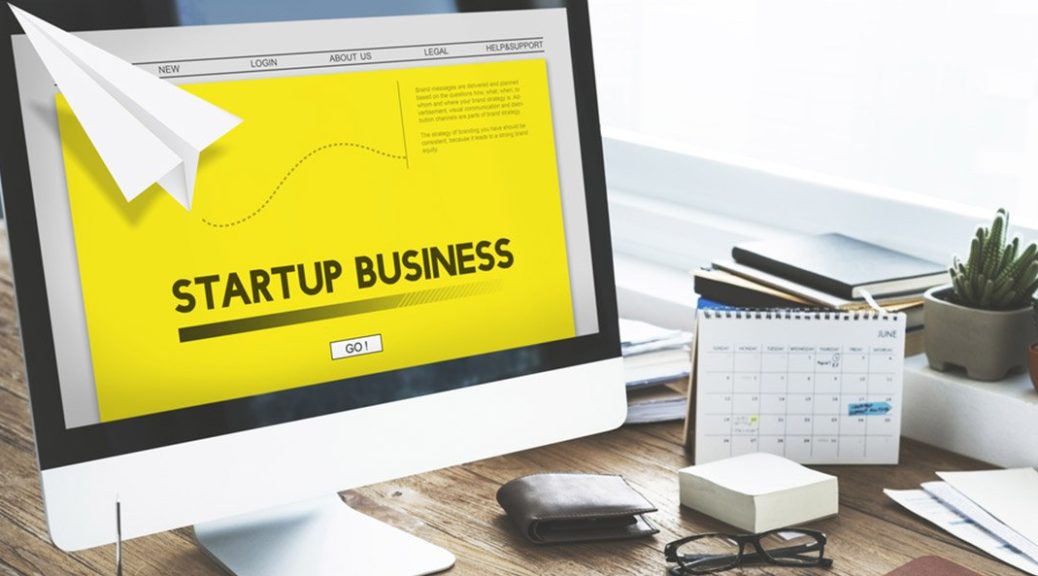The intent for startup business can contain both master documents and supplementary documents, where the main ones are those that are reviewed and approved, and the additional ones serve only to assist in the review and approval process.
The Best Way of Writing a Letter of Intent for Startup Business
The seedling stage of the letter of intent for a startup business is dedicated to finding and defining the idea of a startup and forms of its implementation. At this stage, the search for a business idea, the initial information about the product, market, industry, consumers; there is an informal discussion of the possibility of implementing the idea with friends and acquaintances, as well as approximately determining the amount and possible sources of funding. The sowing stage is a complete analog of the pre-project phase in project management, despite the fact that the startup itself is one of the varieties.
To write a letter of intent for startup business it is recommended to follow the main points:
- How to write a letter of intent for business.
- Write the introduction.
- Describe the transaction and timeframes.
- List contingencies.
- Go through due diligence.
- Include covenants and other binding agreements.
- State that the agreement is non binding.
- Include a closing date.
Workflow templates of letter of intent for a startup business consist of two types of tasks: verification tasks and approval tasks. Approval tasks facilitate the collection of signatures on documents. When performing the approval tasks, the documents may be approved, not approved and the approval may be postponed to a later date. Workflows can be initiated by the user manually or automatically depending on the type of document. Workflows can also be initiated for a single document or multiple documents at once.
How to Startup a Successful Business?
It is necessary to show the possibility to implement the idea on the basis of the first minimum version of the working product, which can already be used by customers, as well as to test the skills and coherence of the team. At this stage, a minimal team is enough, which may not need an office yet. Based on the first customer feedback, the assumptions about the market, the target audience, and its needs, demand, and promotion channels are adjusted. Full-fledged presentations are being prepared, with which you can start selling the product.
Search and confirm the work of such a product configuration and business model, which would be in demand and users would be willing to pay for it. Not only sound education but his alertness and dedication too are most required. At this stage, the startup can join one of the leading accelerators in the country of its main market, where it will help to determine the appropriate business model, as well as correctly assess the target audience and market size. Also, the so-called pivot can occur – when, or if, it becomes clear that the original idea is viable or not ambitious enough, and it needs to be changed.
Funding can be from a group of angel investors through syndication, who invest their own funds in the pool, or from one or two investors. It is important to carefully approach the choice of investors at this stage, and take into account the non-financial assistance of investors for further survival. Funds can come in tranches as needed, paying for the basic costs of developing a product and ensuring the livelihood of team members. If the company has not yet been officially registered, it is registered to receive investments.

